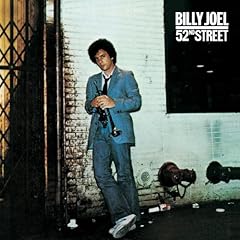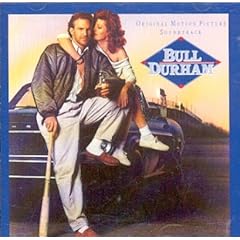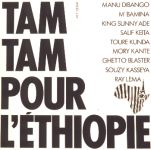
Earlier this month, the previously inconceivable happened.
The Fab Four got back together.
Er, actually, the Pre-Fab Four, that is.
The best band to every parody the Beatles (and the only one to receive the participatory help of one its members), the Rutles made a splash back in 1976-1978 with their take on John, Paul, George and Ringo.
First, it was as an Eric Idle skit prepared for "Saturday Night Live" in October, 1976. Then, buoyed by the audience response to the film, SNL producer Lorne Michaels got behind a full-length mockumentary of the band, which made its NBC debut in 1978. Never mind that it finished at the bottom of the ratings. The film is a comedic masterpiece. And it is the only film you'll ever find that has members of Monty Python (Idle, Michael Palin) sharing screen time with SNL's Not Ready for Prime Time Players (Gilda Radner, Dan Aykroyd, Bill Murray and even John Belushi).
Oh and, in the clip below, see if you recognize the guy with the gray hair interviewing Palin and Rolling Stone Ron Wood (playing a motorcycle gang member).
That's right. That is indeed George, a longtime friend of Idle and the rest of the Pythons who helped produce many of their films. According to scuttlebutt on the web, Harrison wasn't the only former Beatle to appreciate the movie. Though the Yoko Ono stand-in is portrayed as a Nazi in the movie, John is said to have loved the film so much that he refused to send back the advance copy he was sent. Ringo is also said to have been pleased, though some of the sadder parts about the "break up" were said to have hit too close to home. And Paul, initially unhappy about the whole thing, is said to have come around after he met Idle and learned they both grew up around the same area.
But that's not the point of the post. Earlier this week, the great Popdose blog talked about the Rutles "reunion" album Archaelogy (1996), the group's response to the Beatles' Anthology (1995) documentary. Today, I want to focus on the music recorded for the original film, which is still in print, thankfully.
The actual musical group the Rutles consisted of three of the four band's members from the film: Neil Innes, Ricky Fataar and John Halsey. All of Idle's singing parts (and additional instrumentation) were provided by Ollie Halsall, who died in 1991 but appears briefly in the film as "Leppo," the fifth Beatle.
If you are a Python fan, you might remember Innes as the minstrel who sung "Brave Sir Robin" in Monty Python and the Holy Grail (1975). A former member of the Bonzo Dog Band, which appeared in the Beatles' Magical Mystery Tour (1967), Innes was the musical maestro of the project and wrote most of the spot-on songs – too spot on , in some cases. Lennon reportedly warned Innes that "Get up And Go" was so similar to "Get Back" that he might get sued.
Play "Get Up and Go" by the Rutles
As for Fataar, who doesn't speak a word in the film, he was briefly a member of the Beach Boys as you might remember from this post.
Directed by Gary Weis, who was the auteur behind many of SNL's short films in the early days, All You Need Is Cash is a really funny film that pre-dates This is Spinal Tap (1984) in making fun of the conventions of musical documentaries. As with most Python skits, it gets pretty silly at times, but there is also a good deal of sophisticated wit. The best SNL cameo comes from Belushi, who – flanked by his bodyguards Al Franken and Tom Davis – plays the Beatles manager Ron Decline (a play on Allen Klein)
My favorite part of the movie, though, is a scene where none of the Rutles appear on screen – at least not in human form. It's an animated spoof of Yellow Submarine (1968), which includes Innes' best song for the film, "Cheese and Onions." Reportedly, the song was once mistaken for a Beatles outtake.
Play "Cheese and Onions" by the Rutles
Back to that Rutles reunion. I won't go into too many details because there is an excellent recounting of the events that I suggest you read at the blog WhatGoesOn.com both here and here. Innes and Idle, reportedly at odds for years, resolved their differences and reunited for a 30th anniversary screening of the film in Hollywood on St. Patrick's Day.



































